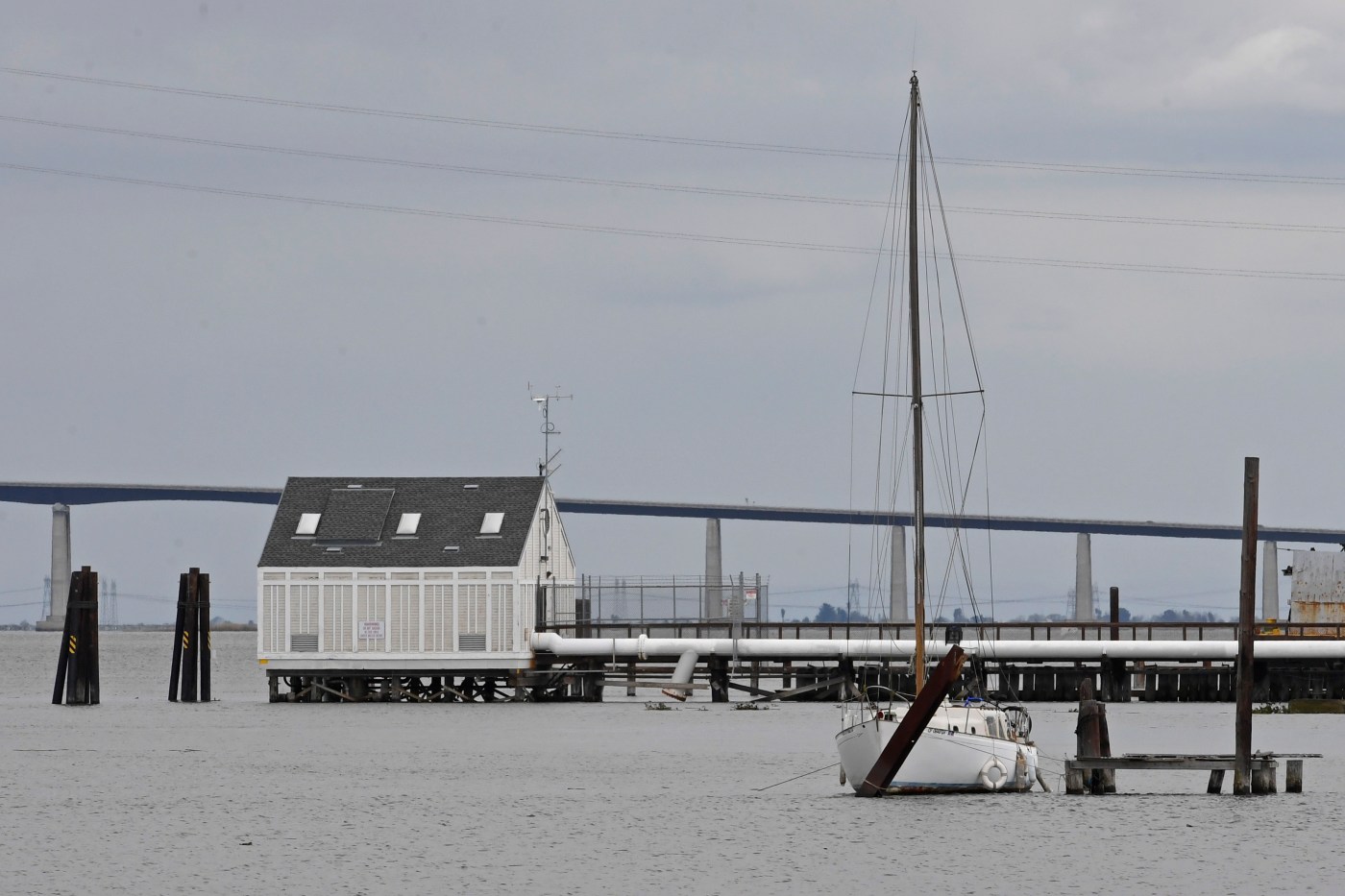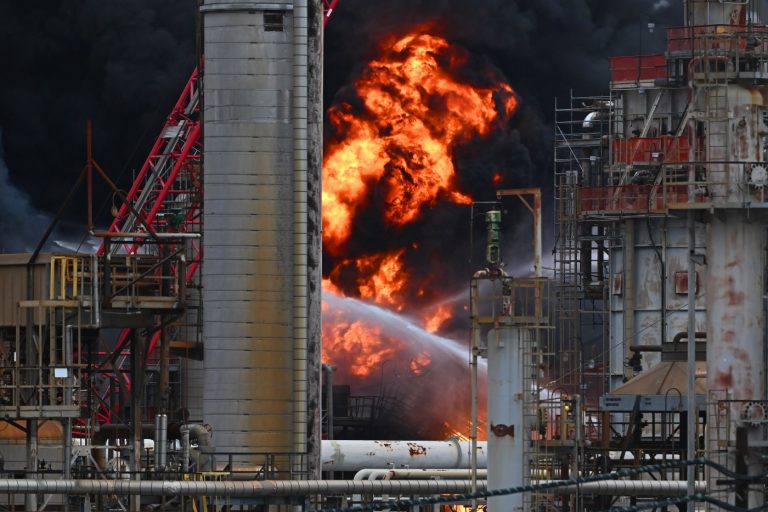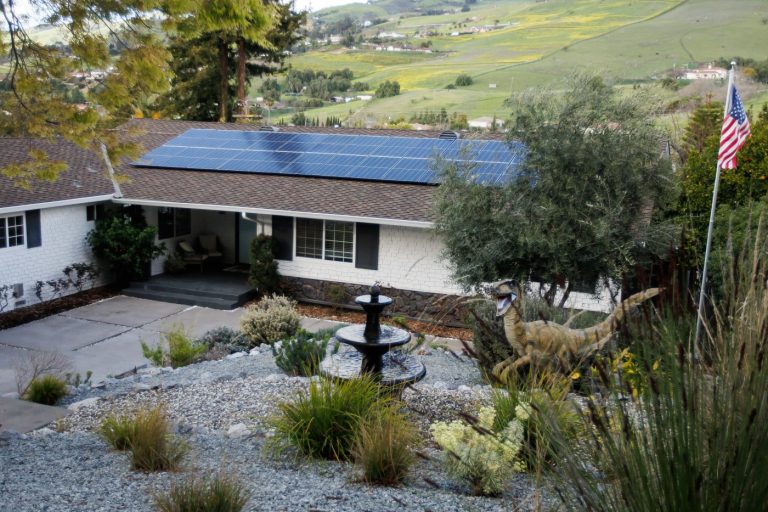ANTIOCH — In an effort to increase the city’s usable water supply, the long-awaited nearly $100-million brackish desalination plant in Antioch is expected to start operating within the next few months.
Acting Public Works Director Scott Buenting said the project, which started around 2021, is now nearing completion.
“After construction, there is time for debugging the system,” said Buenting in an interview with this news organization. “We figure it will be in operations in the first quarter of 2025.”
The project, which was initially projected to cost just below $87 million, was awarded to Shimmick Construction Co. in December 2020. In May 2023, the Antioch City Council approved an amendment to its capital improvement and operating budget for an additional contingency of about 7% of the original bid amount. The final price tag for construction was $97,123,450.
The desalination plant project was funded through various channels, including a $10-million grant from the California Department of Water Resources’ desalination grant program, a $61-million State Water Resources Control Board low-interest loan, and $27 million from a state Department of Water Resources settlement agreement regarding water rights.
While it can be more costly than other methods, desalination can help provide water to areas that otherwise are unable to get usable water to consumers.
“Desalination is the process of removing minerals and salts from water to produce a purified water,” according to the city’s website on the project. “This is achieved by pushing water at a high pressure through reverse osmosis membranes to remove salt and other minerals. … Before the finished water is ready to be pumped into the water system and distributed to customers, minerals are reintroduced into the water to make it compatible with other water supplies.”
Buenting said he is looking forward to the project’s launch. Antioch supplies up to 11 million gallons of water daily in the winter and 23 million in the summer.
With the plant in service, the city can treat and convert 6 million gallons a day of brackish water pumped from the Sacramento-San Joaquin River Delta into drinking water for residents and businesses.
“That’s why utilizing our water rights and our pump station is the best way to go,” said Buenting. “Water isn’t free, but when we’re utilizing energy to move it and not having to purchase the commodity, that’s the best way for us to manage.”
Buenting said one of the major goals of the desalination project is to enable the city to continue using its pre-1914 water rights to pump water from the Delta. The city already pumps water from the river, however, due to an increase in saltwater levels, it cannot do so during the summer and fall. The city buys water from the Contra Costa Water District to fill the gap.
Once the project begins, Buenting said it is unclear if water rates will rise due to the energy required to purify the water. He did, however, confirm that the plant would consume less energy than the $1-billion desalination plant in Carlsbad, which was built in 2015. That plant provides nearly 10% of San Diego’s drinking water.
“The good answer to that question would be, come back in a year when we run this (plant),” said Buenting. “Then I can (provide you) better answers, rather than (based on) projections made many years ago.”
Located at 410 Putnam St., south of Highway 4, the desalination project is within the current water treatment plant area. It includes a 4.3-mile pipeline from the water treatment plant to the Delta Diablo Wastewater Treatment plant, where the remaining brine from the desalination process is sent and discharged to the river.
Buenting said staff work around the clock at the water treatment plant and a team will constantly monitor the water’s salinity changes.
“This is a huge project, but it’s beneficial to everyone,” said Buenting. “We are almost at the finishing line, and I’m eager to see it in operation.”












